Go Big or Go Home
Every professional musician has done it. They “step in a hole.”
This means they play when they shouldn’t — specifically, they accidentally play during what is supposed to be a moment of silence in a performance. They miscount or lose their bearings, and they make the right sound at a very wrong time. When a musician steps in a hole with a lot of conviction and energy (i.e., loudly) this can be a dramatic, jarring event.
As you can imagine, stepping in a hole feels terrible!
When someone steps in a hole, musicians will often comfort each other after the fact with, “Hey … Go big or go home!” In other words, it’s better to make a big, confident splashy mistake, versus playing it safe and tentative.
We can take that idea (go big or go home) and put it into the context of our lives, too.
I love the idea of playing big in life. Taking big swings. Setting big goals. Stepping in a hole with conviction.
AND.
Sometimes we put pressure on ourselves to play big in a way that’s too much for our nervous system. And then we freeze. (Getting unstuck from frozen is a lot harder than simply remaining in gentle forward motion.)
Sometimes we bite off more than we can chew, and we don’t follow through on an oversized goal. (The resulting erosion of self-trust can become a vicious cycle.)
Sometimes we confuse bold with reckless, and we act without slowing down to consider the impact. (Then we’re faced with cleaning up a self-inflicted mess.)
If any of that sounds like you, here are some other ways to move forward without buying into “bigger is always better.”
The 5% approach. What would it look like to speak up 5% more in your weekly team meetings? Or to practice 5% more tolerance towards your grumpy employee? Or to be 5% more willing to say what you want when making weekend plans with your partner? Or to be 5% more gentle with yourself during this time of transition? Moving just 5% in the direction you want to go is often enough to notice an impact, without becoming overwhelming.
The smallest unit of action approach. What is the smallest unit of action that you can truly commit to? My coach helped me with this when I noticed my tendency to work much later into the day than I wanted to. My first thought was to commit to stopping at [x] time every day. She slowed me down and emphasized that it was important that I actually succeed in this project! She encouraged me to look at something smaller. (We settled on two days a week to start with, and I’m holding to it.) Choosing the smallest unit of action you can commit to (anything more than zero) helps build confidence, and teaches us that we can count on ourselves.
The “what’s workable” approach. This is about slowing down to notice the stories we tell ourselves about what we “should” be doing — most of us have plenty of these stories! Once you’ve identified the “shoulds,” you can ask yourself “if there was no ‘should’ here, what could I do that is actually workable for me?” You get to define workable, because at the end of the day, workable is simply what works. (And you might have to experiment to find out what works.) Focusing on what’s workable helps us come into cooperation with reality, instead of focusing on what things “should” be like.
These approaches have a few things in common: They are something more than zero. They allow us to experience small, repeatable successes. They help us gather data and make adjustments in a gentle, graceful way. And when things start working, we gain confidence.
Eventually we might decide to take those bigger swings — and we can choose to do that when it serves us, not because we “should.”
First, stack up those small wins. Do 5% more. String together a series of tiny but concrete units of action. Teach yourself that you can count on yourself. And pick yourself up when you fall down. (Another workable practice is to decide that you will just recommit any time you fall off your program, without stopping to judge or to beat yourself up. You can just pick yourself up and keep at it, one small, workable step at a time.)
INVITATION TO REFLECT: Which of these approaches feels most accessible to you? Are you willing to experiment with one of them this week? If so, write to me to let me know how it goes.
